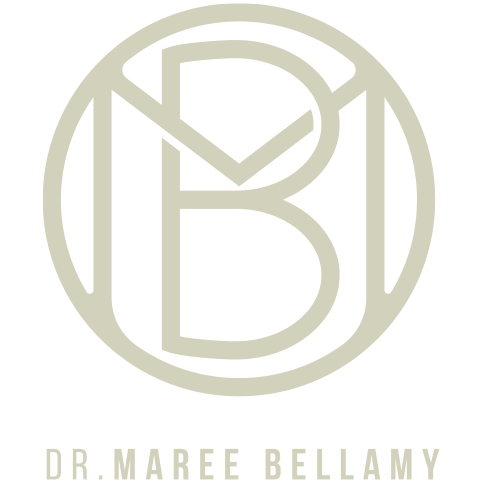There has been a lot of discussion about a recent meta-analysis published In August by the Collaborative Group on Hormonal Factors in Breast Cancer. The data came from studies on more than 100,000 post-menopausal women who developed the condition.
The analysis suggests that users of hormone therapy who started around the time of menopause were at greater risk of invasive breast cancer than never users. It also found that some risk persisted for more than a decade after ceasing treatment. There was little risk after use for less than 1 year, but there was an increase in risk after just 1–4 years of use, and progressively greater risks with longer use.
The risk was greater for combined oestrogen-progestagen therapy than for oestrogen used alone. Risks did not differ substantially between the main oestrogen types, or whether they were used orally or transdermally. There appeared to be little risk, however, from topical low dose vaginal oestrogen preparations.
Once again the importance of the choice of progestagen is highlighted. The analysis references the E3N study by Agnes Fournier which found that the risk of invasive breast cancer was significantly lower with HRTs which contain natural progesterone. That result has been reflected in numerous research projects performed by the French and others since 1998. There seems little doubt that from a breast safety perspective, bio-identical or micronized progesterone should be the progestagen of choice.
